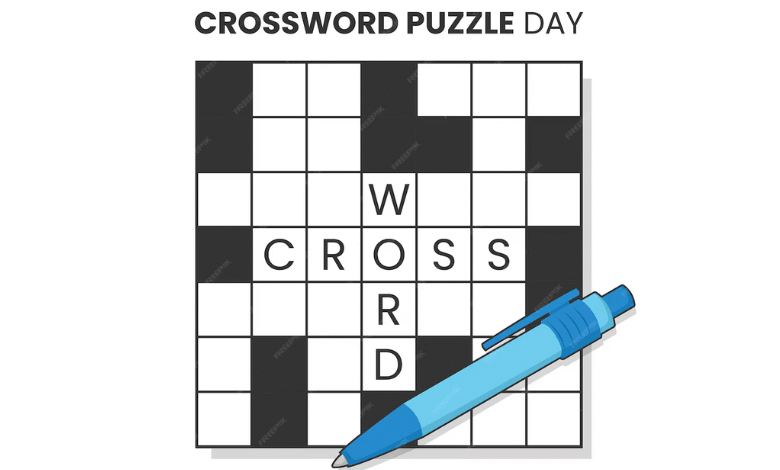Alternative to Blur or Pixelation Nyt

Traditional methods like blurring or pixelating sensitive content have long served as the default solutions for protecting identities, redacting information, and obscuring visuals in journalism, social media, surveillance footage, and legal content. However, as facial recognition technologies and AI image reconstruction continue to evolve, these methods are increasingly insufficient for ensuring true privacy.
In today’s hyper-connected digital landscape, we must explore innovative alternatives to blur or pixelation techniques that go beyond outdated visual filters and offer enhanced privacy, integrity, and ethical responsibility in media distribution.
Limitations of Traditional Blur and Pixelation
1. Reversibility and AI Reconstruction
Recent breakthroughs in machine learning have made it possible to reverse pixelation and deblurred images using neural networks trained on facial data. This exposes the vulnerability of relying solely on outdated methods. Publicly available AI tools can reconstruct nearly accurate representations of pixelated faces, rendering such censorship methods ineffective.
2. Loss of Context and Legibility
Blur and pixelation often result in complete loss of detail, which can obstruct valuable visual context. In journalism and forensic analysis, this loss can weaken narrative clarity, obscure body language, or cause ambiguity in evidence presentation.
3. Unprofessional Aesthetics
From a design and visual communication standpoint, blur and pixelation appear clunky and outdated. They disrupt the visual balance of imagery and can lead to a jarring user experience, especially in professionally produced content.
Advanced Alternatives to Blur and Pixelation
1. Generative Obfuscation with GANs
Generative Adversarial Networks (GANs) enable a technique known as face replacement with synthetic imagery. Instead of distorting or covering a face, this method replaces it with an AI-generated face that maintains natural facial orientation and lighting.
-
Untraceable to the original subject
-
Maintains visual consistency
-
Impossible to reverse-engineer to the original identity
-
Ideal for ethical journalism and data sharing
GAN-based obfuscation is currently being explored by media outlets and data privacy researchers as a viable alternative to traditional methods.
2. Style Transfer Redaction
Using neural style transfer, identifiable features can be morphed into abstract artistic representations. This method retains the emotional and spatial context of a scene while fully masking sensitive elements.
Applications include:
-
Protecting protesters or whistleblowers in footage
-
Concealing intellectual property in design previews
-
Redacting sensitive documents with context-preserving visuals
3. Avatar Substitution in Real-Time Video
For video communications, such as Zoom or surveillance feeds, avatar-based substitution replaces human features with 3D-rendered avatars that mimic gestures and expressions.
Key benefits:
-
Fully protects individual identity
-
Retains non-verbal communication
-
Eliminates the risk of image recovery
-
Effective for virtual trials, remote interviews, or telehealth sessions
This method is now implemented in privacy-focused communication platforms and is being considered for broader public use.
4. Semantic Segmentation and Replacement
Semantic segmentation uses deep learning to detect and isolate key elements (faces, text, vehicles) from an image. Instead of obscuring them, this technique replaces sensitive elements with neutral stand-ins (e.g., replacing a license plate with a generic template or a person’s face with a blank silhouette).
Advantages:
-
Clean visual output
-
No distortion artifacts
-
Highly customizable and scalable
-
Preserves layout and spatial accuracy
This approach is popular among law enforcement agencies and smart city planners aiming to balance privacy with functionality.
Textual Data Redaction Using Contextual Masking
In addition to images, textual redaction faces similar challenges. Blanking out names or using “XXXX” masks is easily bypassed using contextual inference or metadata leaks.
Contextual masking, powered by Natural Language Processing (NLP), replaces sensitive entities with semantically similar placeholders that retain sentence structure while protecting real identities.
Example:
-
Original: “John Smith met with the mayor at City Hall.”
-
Masked: “The engineer met with the official at City Hall.”
This technique is ideal for:
-
Leaked documents
-
Internal communications
-
Investigative journalism
Ethical Considerations in Visual Obfuscation
1. Balancing Transparency and Privacy
Media professionals must tread carefully between informing the public and protecting individuals. In cases like police brutality or war reporting, obfuscation methods must be chosen to:
-
Preserve truth and context
-
Minimize trauma to viewers
-
Avoid re-identification of vulnerable subjects
Advanced methods like GAN replacement or avatar substitution allow for this ethical balance far better than blur or pixelation.
2. Legal Compliance and Privacy Laws
With regulations like GDPR, CCPA, and AI Act, data processors and publishers are legally obligated to anonymize personally identifiable information (PII). Failure to use effective obfuscation can result in:
-
Legal penalties
-
Loss of user trust
-
Reputational damage
Using forward-thinking technologies ensures compliance and futureproofs content strategies.
Use Cases Across Industries
Journalism and Investigative Reporting
Protecting sources, bystanders, and survivors without compromising the narrative strength of visual content.
Medical and Health Tech
Concealing patient identities in surgical footage, clinical research, or AI training datasets without affecting diagnostic detail.
Law Enforcement and Public Safety
Masking civilian faces in bodycam footage, traffic surveillance, and evidence documentation in a forensically robust manner.
Education and Training Content
Redacting sensitive information from instructional materials or simulation environments where real identities must remain confidential.
Software and Tools Leading This Evolution
Several platforms are already pushing the envelope in this space:
-
D-ID – Specializes in anonymizing video faces with AI-generated visuals.
-
Fawkes – A tool developed by the University of Chicago that adds imperceptible noise to images, preventing facial recognition.
-
DeepPrivacy – Uses GANs to generate synthetic faces for anonymization.
-
Avatarify / Animaze – Provide real-time avatar overlays for webcam content.
-
Haven Privacy Suite – Offers end-to-end visual obfuscation for media professionals.
Best Practices for Implementing Visual Obfuscation
-
Assess the privacy risk: Identify which visual elements pose a privacy threat.
-
Choose context-appropriate methods: Avoid over-obfuscating when unnecessary; select techniques that align with content type.
-
Use layered privacy: Combine multiple methods (e.g., GAN face replacement with semantic segmentation).
-
Ensure irreversibility: Test against AI reversal tools to confirm effectiveness.
-
Maintain visual quality: Prioritize methods that preserve aesthetic and informational integrity.
Conclusion
As digital transparency intersects with growing concerns about privacy, ethics, and AI exploitation, we must move beyond the outdated paradigms of blur and pixelation. The future lies in context-aware, AI-enhanced obfuscation methods that protect individuals without compromising the clarity or truth of content.
By adopting smarter and more secure alternatives, we can ensure that visual privacy becomes a fundamental pillar of digital communication, not just an afterthought.



